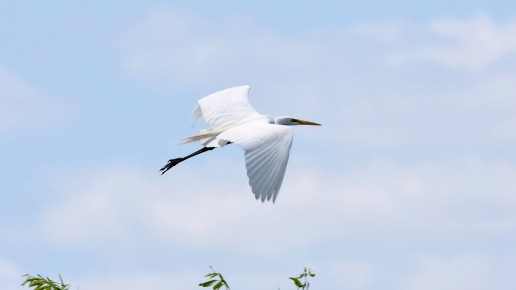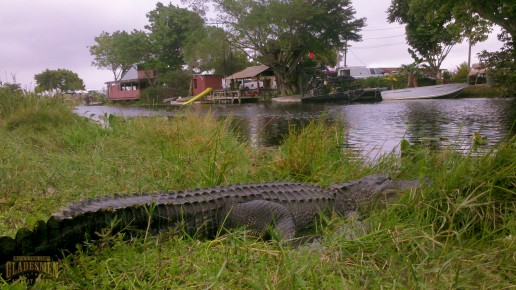Birds You'll See on an Everglades Eco Tour
South Florida is known for its incredible biodiversity, and this is especially true regarding Everglades bird species. The famous naturalist John James Audubon, for whom the National Audubon Society is named, was in awe of Florida’s birds, saying how “The air was blackened by whistling wings.” There is a variety of types of birds to be found on an Everglades eco tour, such as wading birds, birds of prey, migrating birds, and land birds.
Everglades Wading Birds
Wading birds are named for how they wade in shallow water to stalk their prey, making the River of Grass an ideal habitat for them. During the Everglades dry season, which lasts from December to late May, they congregate in large groups to mate and nest. Wood storks, egrets, Great Blue Herons, ibises and roseate spoonbills fill both the sky and sawgrass marsh when the water levels are at their lowest.
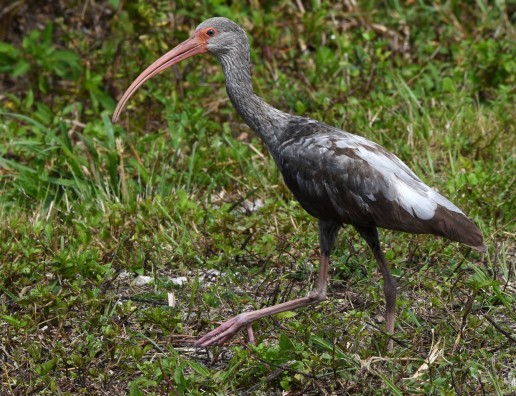
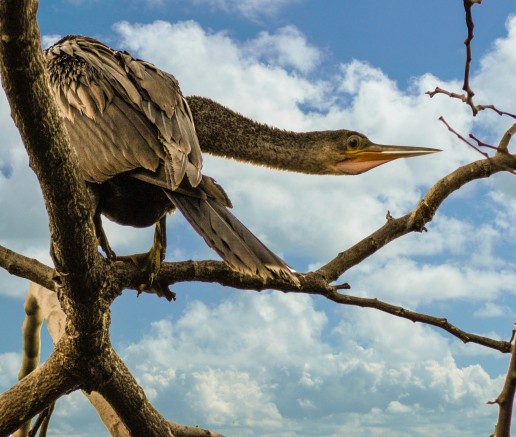
You may notice another long necked bird with a pointy beak swimming and diving in deeper water before emerging with fish in its mouth, the anhinga. Anhingas, nicknamed “snakebirds” for how they swim with their long, snake-like necks above the water, are actually water birds despite their similarity to wading birds.
Birds of Prey in the Everglades
Anhingas and herons do look cool while they hunt, but can pale in comparison to the swiftness and power of birds of prey that reside in the Everglades. These impressive raptors hatch during the dry season just like wading birds, but they’re off any hunting on their own by four months of age, as is the case of the red-shouldered hawk. Ospreys are another exciting bird of prey to watch, preferring to hunt fish by diving down with outstretched claws to snatch them up.
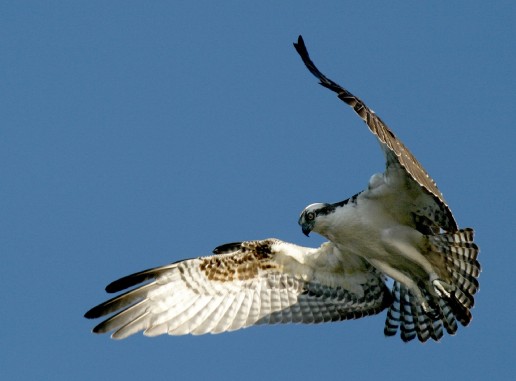
Migrating birds vacation here, too!
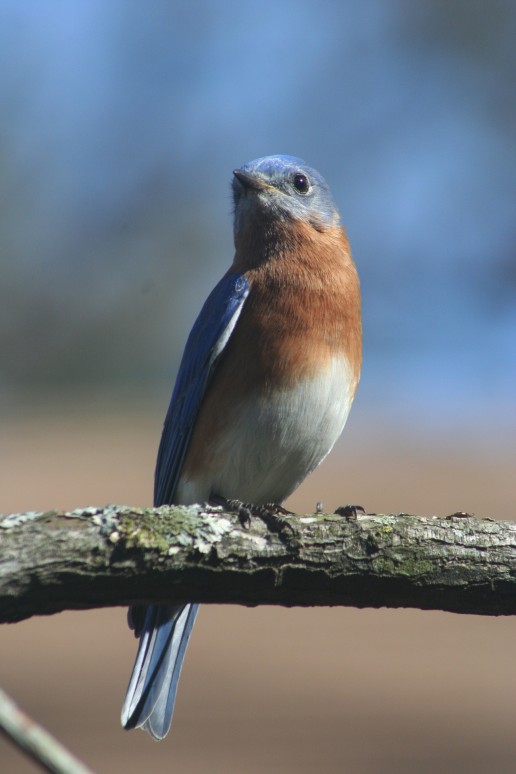
Residents of South Florida playfully refer to tourists that visit here in the winter months as “snow birds”. Local birdwatchers see plenty of the feathered version in the Everglades around this time as well. The native beauty of purple gallinules and roseate spoonbills is complimented by migratory birds like cardinals and eastern bluebirds.
Regardless of season, you can see plenty of Everglades birds and wildlife near Miami at Mack’s Fish Camp. If you’d like to know more, please contact us online or call us toll-free at 786-536-7400. Or you can book an Everglades eco tour online.
Bizarre Foods In the Everglades
Residing in the vast wilderness of the Florida Everglades, for five generations the Gladesmen Culture has endured by living off of the land. The many different habitats here have provided us with a great bounty of food from both the land water. A few years ago, TV host Andrew Zimmern cam to Mack’s Fish Camp to sample some Gladesmen cuisine as part of his Travel Channel program, “Bizarre Foods”.
The Other Florida
In the episode “The Other Florida”, Andrew spent the afternoon with Keith and Marshall Jones, who were happy to share a glimpse of Gladesmen Culture with the world (You can watch it here). They took an airboat ride into the Everglades to show Andrew the land they call home. They also grabbed a few resources from it that they call supper in the Glades, some Bracken fern fiddleheads to have as a side dish. For an entrée, Marshall made fried and grilled frog legs from the haul he and Keith had caught frog gigging the night before.
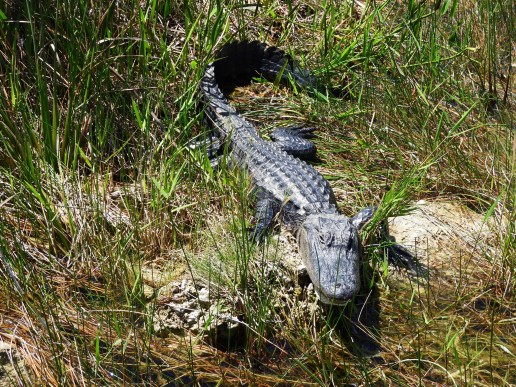
It's Not TV, It's Gladesmen Culture
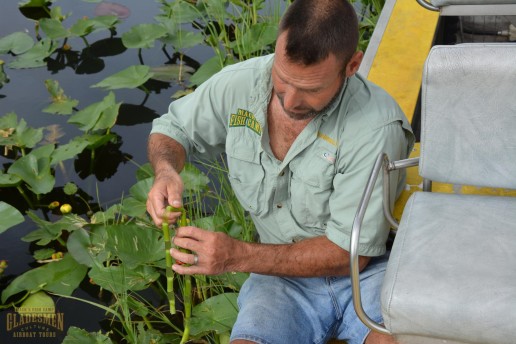
All in all, Andrew had a great time visiting and exploring our “Other Florida”, and found our distinct cuisine to be as delicious as it was bizarre. Anyone who comes to the Everglades and dines on the wild plants and game animals here usually finds them to be a real treat! But the Gladesmen living here have thrived on those foods, with marshes, sloughs, and hammocks acting as their grocery store.
Florida gets its name for being full of flowers, and there are plenty of flowers and plants growing in the Glades, many of them good for eating! Amaranth, dollarweed, and Bracken ferns can make for great salad greens. A few wild Florida plants can be used to make tea also, such as blackberry leaves, roots and bark from sassafras, or young pine needles.
Try this at home, VERY carefully
When preparing wild plants, it’s important to how to make and consume them safely in some cases. For the fiddlehead (Bracken) ferns we cooked for Andrew Zimmern, we made sure to blanch them in salt water then shock them in ice water. Doing this greatly reduces certain chemicals in them that while not poisonous or toxic, can be harmful if eaten over time or too frequently.
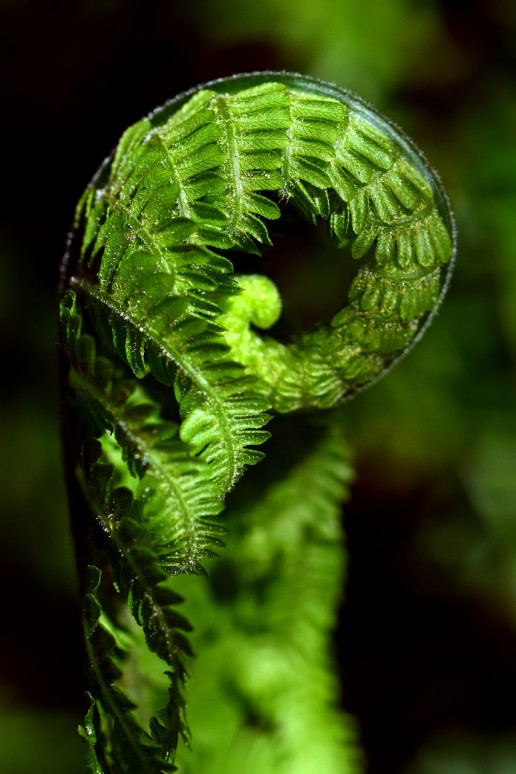
When life hands you gators...
One food staple of the Gladesmen Culture that can’t be overlooked is alligator meat. With the Everglades having so many of them, you could say, “When life hands you gators, make Gatorade.” While probably not the best ingredient for a sports drink, American alligator meat tastes great no matter how it’s cooked. It’s also packed with protein, having nearly 30 grams in a 3.5 ounce serving.
With so many resources available in the South Florida Everglades to live on, it truly does feel like living in paradise!

